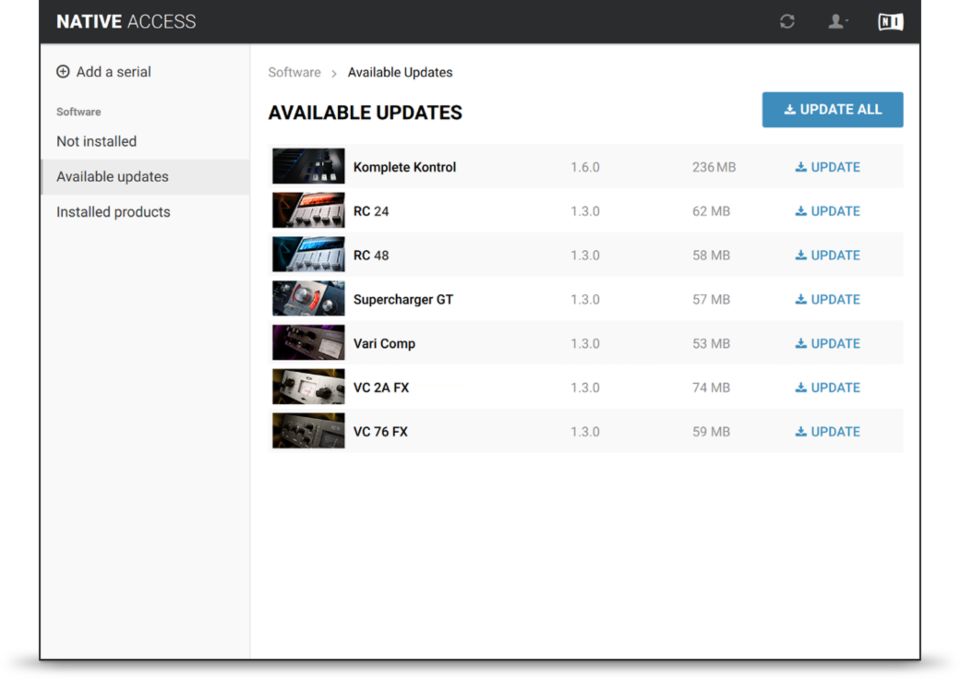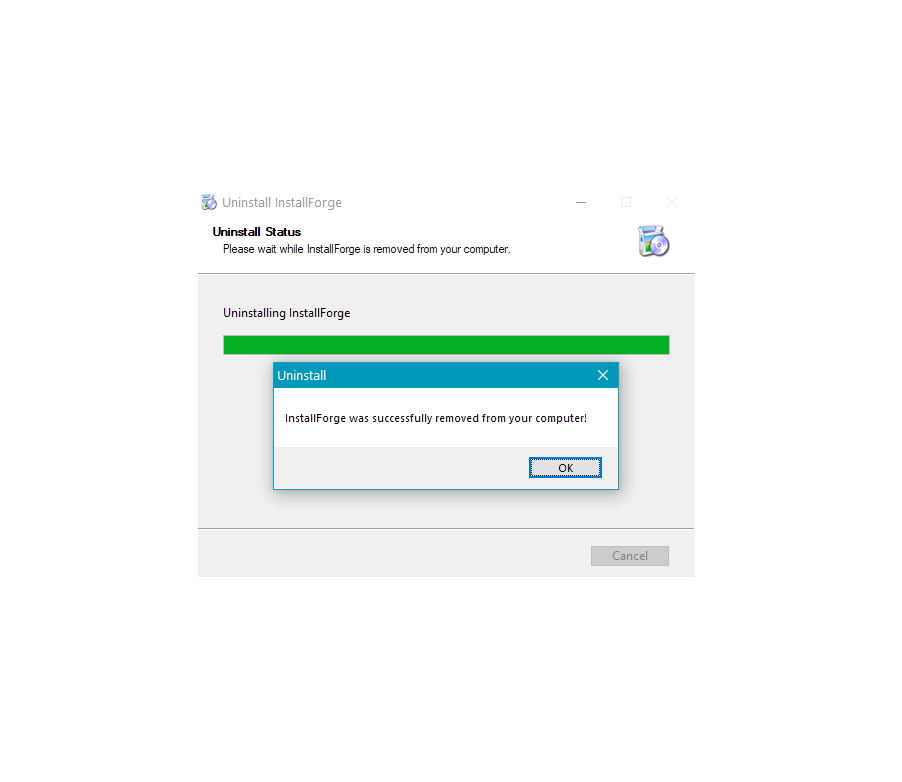
UNINSTALL NATIVE ACCESS CODE
This will show you a list of the most popular VS Code extensions on the VS Code Marketplace.Įach extension in the list includes a brief description, the publisher, the download count, and a five star rating. Bring up the Extensions view by clicking on the Extensions icon in the Activity Bar on the side of VS Code or the View: Extensions command ( ⇧⌘X (Windows, Linux Ctrl+Shift+X)).

UNINSTALL NATIVE ACCESS INSTALL
You can browse and install extensions from within VS Code.
UNINSTALL NATIVE ACCESS HOW TO
This article explains how to find, install, and manage VS Code extensions from the Visual Studio Code Marketplace. VS Code's rich extensibility model lets extension authors plug directly into the VS Code UI and contribute functionality through the same APIs used by VS Code. VS Code extensions let you add languages, debuggers, and tools to your installation to support your development workflow. The features that Visual Studio Code includes out-of-the-box are just the start. Increase the power of Visual Studio Code through Extensions Configure IntelliSense for cross-compiling.You can install a particular version of the library by running npm install for example: npm install ^2.0.0. If you are using an older version, you should refer to the README to know which version of the library you should install. The latest version of a library is typically compatible with the latest version of React Native. Does it work with my app version of React Native? If the library you would like to use is not currently listed there, refer to the README for the library to learn more. React Native Directory allows you to filter by platform compatibility, such as iOS, Android, Web, and Windows. Does it work for the platforms that my app supports? You can remove packages using npm uninstall if it turns out that it does not work in React Native. You will gain a sense for this over time, but until then the easiest way to find out is to try it yourself. Other libraries like lodash use only JavaScript language features and work in any environment. Examples include react-select which is built for the web and specifically targets react-dom, and rimraf which is built for Node.js and interacts with your computer file system. Usually libraries built specifically for other platforms will not work with React Native. Determining Library Compatibility Does it work with React Native? React Native is one of many JavaScript programming environments, including Node.js, web browsers, Electron, and more, and npm includes libraries that work for all of these environments. The npm registry is the definitive source for JavaScript libraries, but the libraries that it lists may not all be compatible with React Native. Libraries built by Expo are all written in TypeScript and support iOS, Android, and react-native-web wherever possible.Īfter React Native Directory, the npm registry is the next best place if you can't find a library specifically for React Native on the directory. Many of the libraries in this organization were once React Native Core Components and APIs. They often support iOS, tvOS, Android, Windows, but this varies across projects. Libraries built by the React Native Community are driven by volunteers and individuals at companies that depend on React Native. Many of the libraries you will find on the directory are from React Native Community or Expo. This is the first place to look for a library for your React Native app. React Native Directory is a searchable database of libraries built specifically for React Native. Let's try this with react-native-webview: To install a library in your project, navigate to your project directory in your terminal and run the installation command. 💡 The terms "library" and "package" are used interchangeably in the JavaScript community. We will assume npm for the rest of this guide for simplicity of explanation. Some developers prefer to use Yarn Classic for slightly faster install times and additional advanced features like Workspaces. If you have Node.js installed on your computer then you already have the npm CLI installed. React Native libraries are typically installed from the npm registry using a Node.js package manager such as npm CLI or Yarn Classic. If the Core Components and APIs don't have what you are looking for, you may be able to find and install a library from the community to add the functionality to your app. React Native has a community of thousands of developers. You're not limited to the components and APIs bundled with React Native.


React Native provides a set of built-in Core Components and APIs ready to use in your app.


 0 kommentar(er)
0 kommentar(er)
